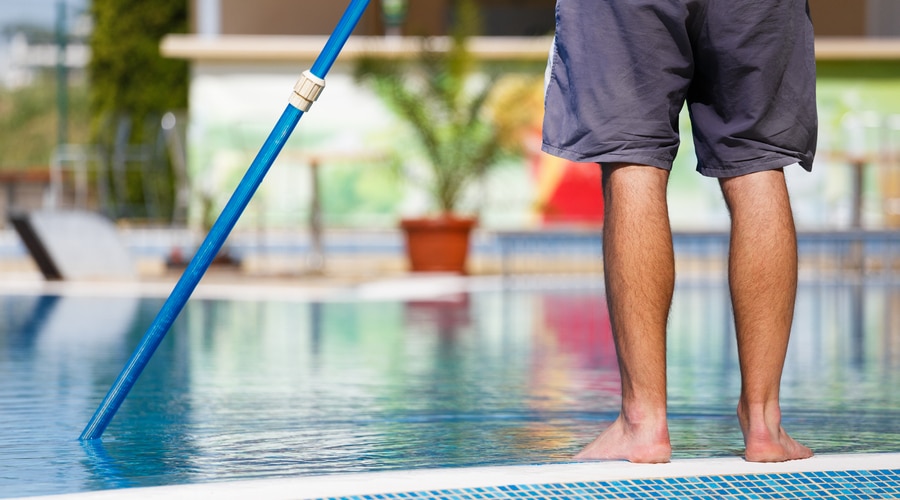With hurricane season on the horizon in Alabama, pool owners must take steps to safeguard their assets. Hurricanes have the potential to wreak havoc, causing damage to pools and their surroundings. Owners can minimize harm by implementing pool care strategies and swiftly restore their pools to their former glory.
Preparing for Hurricanes
1. Secure Outdoor Furniture and Equipment
While preparing pool for hurricane in Alabama, it is crucial to secure all furniture and equipment close to the pool area. Items such as pool floats, chairs, umbrellas, and other loose objects can transform into projectiles during windstorms. By storing or properly securing these items indoors, you significantly reduce the risk of them causing damage to your pool or property.
2. Trim Overhanging Trees and Shrubs
Another vital step in preparing your pool for hurricane season involves trimming any overhanging trees or shrubs near its vicinity. This mitigates damage caused by falling branches and minimizes debris that may find its way into your pool during a storm.
3. Employ a Reliable Pool Cover
Investing in an appropriately fitted pool cover becomes essential when aiming for storm protection throughout hurricane season. A high-quality cover protects against debris accumulation while effectively preventing damage from rainfall or fallen objects.
Maintaining Water Chemistry Before the Storm
1. Regularly Check Water Chemistry
It’s important to check the chemistry of your pool water throughout the year during hurricane season. The weather changes can affect chlorine and pH levels, so staying on top of this ensures that your pool is safe for swimming after the storm has passed.
2. Adjust Chemical Levels as Needed
Based on the test results, make adjustments to the chemical levels before a storm is approaching. Keeping chlorine levels within the range helps prevent algae growth during power outages or heavy rainfall.
Securing Pool Equipment During a Storm
1. Removing Excess Water
Remove any water to minimize strain on your pool’s structure during rain. Start draining a few days before the expected storm while following regulations and seeking professional advice if needed.
2. Powering Down Equipment
Turn off and unplug all equipment associated with your pool, including pumps, heaters, filters, lights, and control panels. Disconnecting power sources protects them from power surges and reduces electrocution risks.
Restoring Your Pool After a Storm
Wait until the storm has completely passed before assessing any damage to your pool.
Make sure to check for any fallen power lines or signs of instability to ensure the area is safe. Additionally, do the following to maintain your pool and increase your home’s property value.
1. Start by clearing any debris in the vicinity, like fallen trees or branches, that could pose a safety hazard or cause damage to the pool. Once you’ve secured the area, focus on removing any debris that has made its way into the pool itself.
2. Take a look at all your pool equipment to spot any storm-related damages. Check visually for cracks or leaks on your pool pumps, filters, heaters, and plumbing caused by winds or impacts from debris.
3. Clean and treat the water accordingly. Use a pool net and vacuum specifically designed for this purpose to remove leaves, dirt, and other debris from the water. Depending on the water test results after the storm, you may need to add chlorine to shock the pool and maintain sanitation levels.
Conclusion
By taking measures to prepare your pool for hurricane season and promptly addressing cleanup tasks after a storm, you can minimize damage to your investment while ensuring a safe swimming environment for yourself and others.
It’s important to take all precautions to protect your pool during storms, such as securing outdoor items and adjusting chemical levels ahead of time. Remember, by being proactive in caring for your pool throughout hurricane season, you increase its chances of remaining undamaged during any storm.

